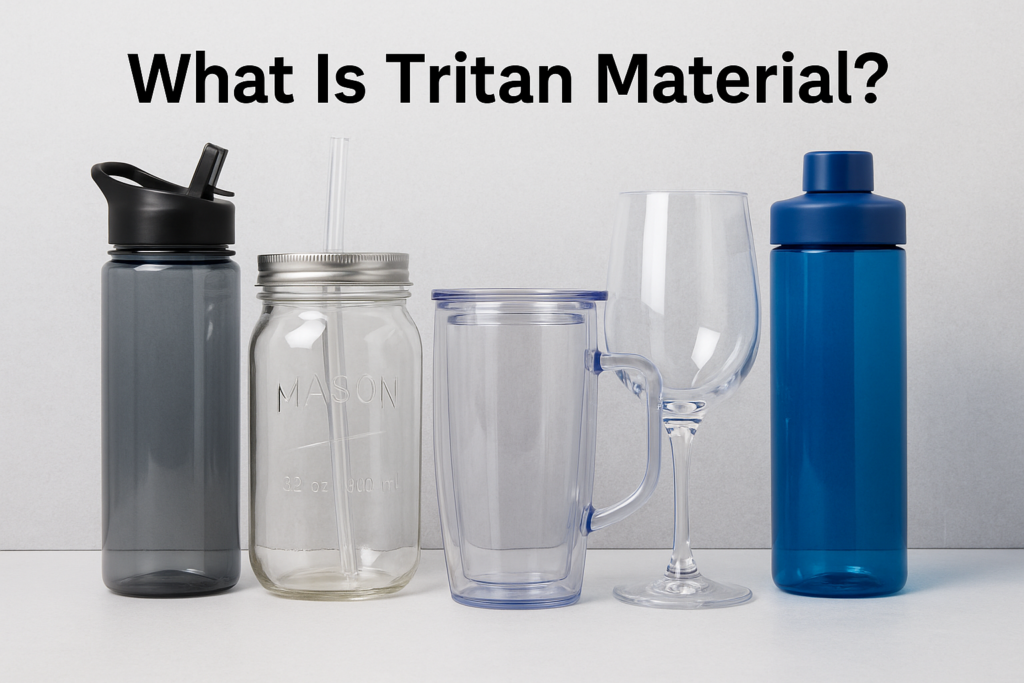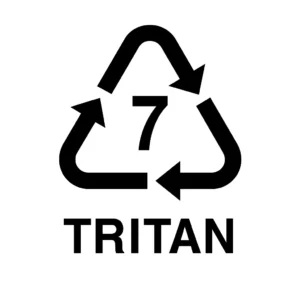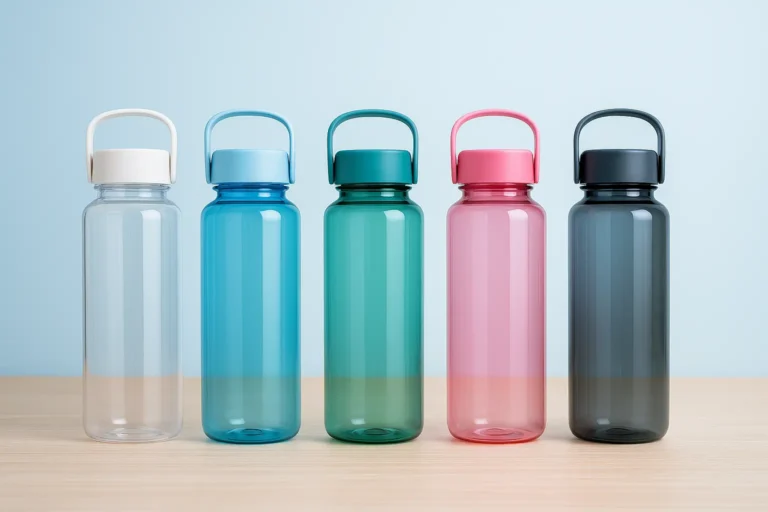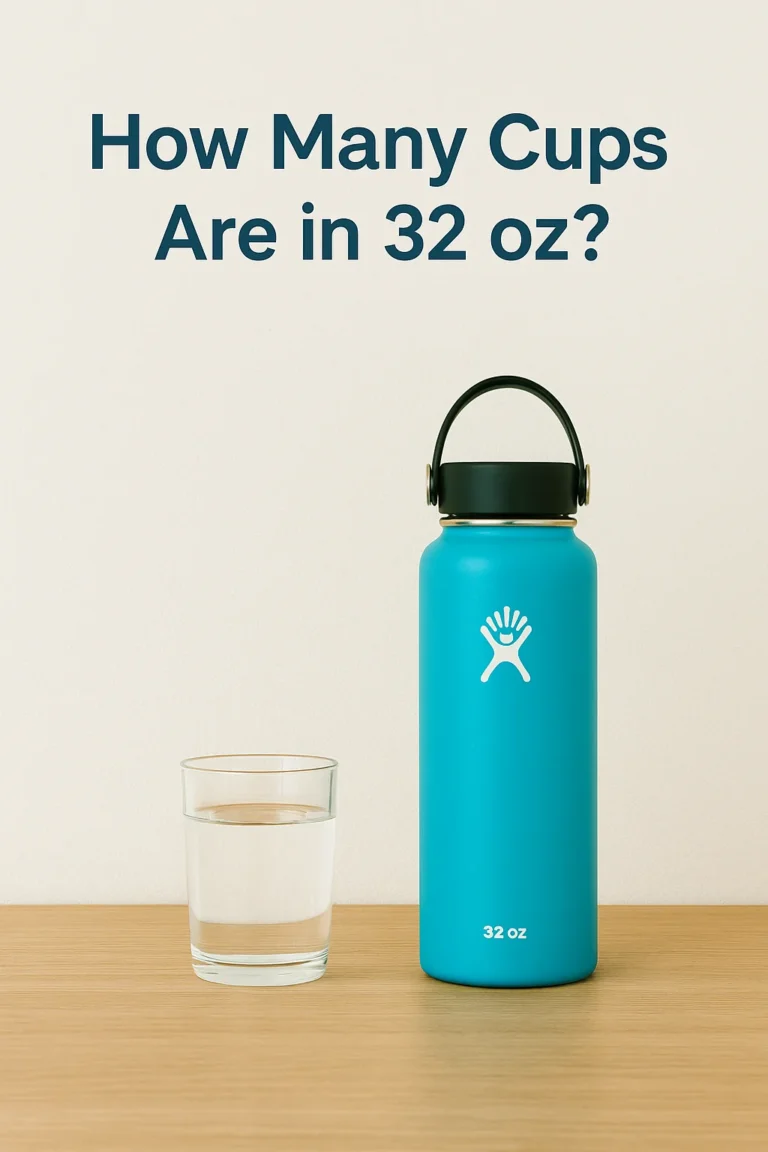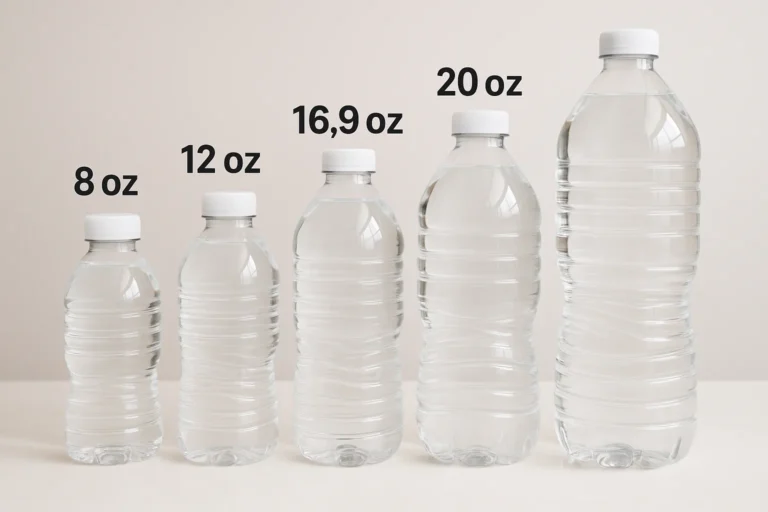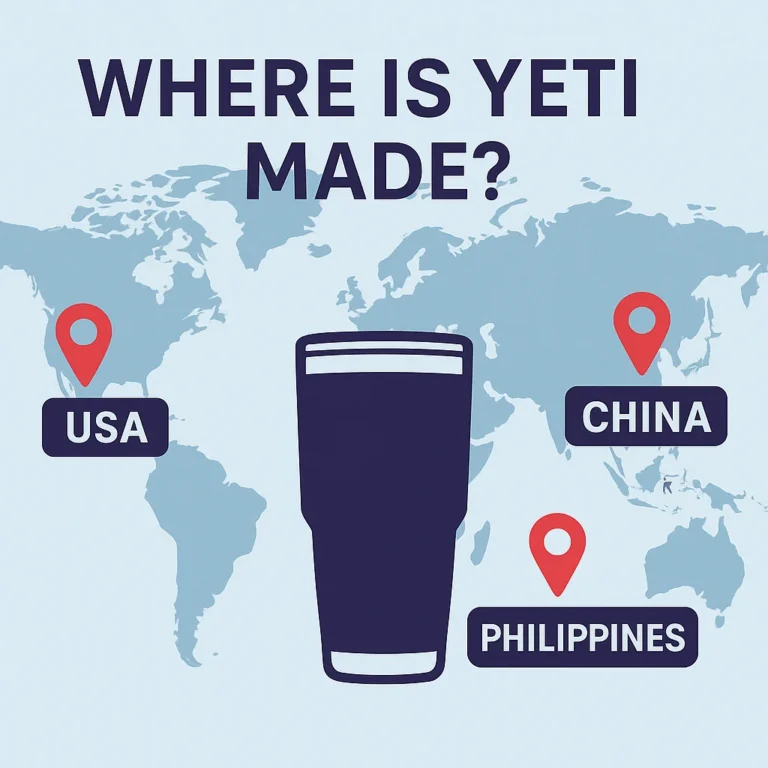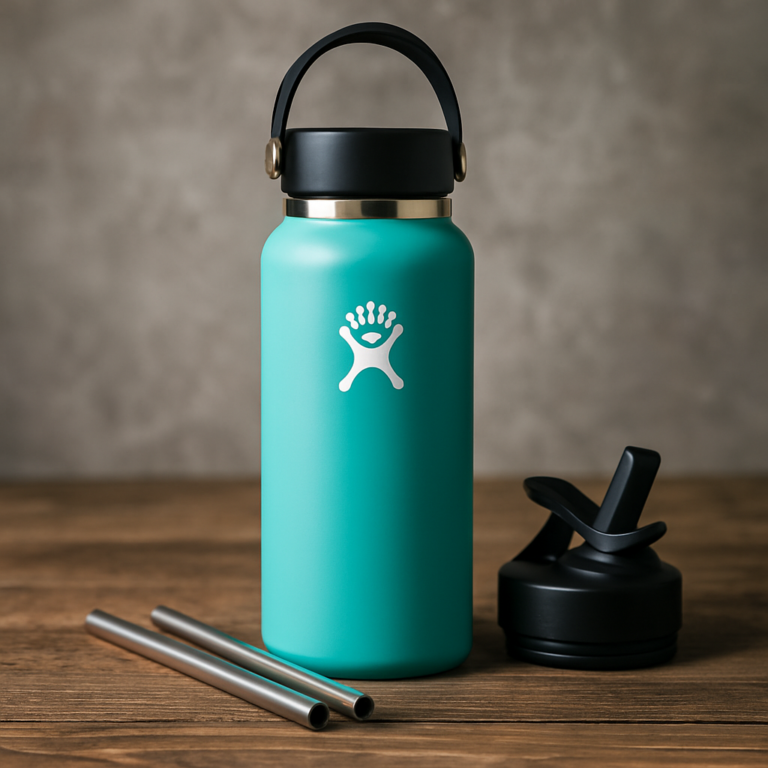Not all “Tritan” bottles on the market are made from authentic Eastman Tritan copolyester. As the material gains popularity, many low-quality imitations appear—especially in bulk sourcing environments. Here’s how you can tell if the product is genuine:
First, look for the official Eastman Tritan logo or certification. Genuine Tritan materials are often labeled with the “Tritan™” mark, and reputable manufacturers will include documentation confirming that the resin comes from Eastman.
Second, ask your supplier for the material data sheet (MDS) or a purchase invoice showing Eastman as the raw material source. This is a reliable way to verify the origin, especially when ordering large quantities for custom branding.
Third, check clarity and finish. Real Tritan has a glass-like transparency, smooth edges, and doesn’t give off any plastic odor. Cheap copies may appear cloudy or feel brittle after repeated use.
Lastly, for custom water bottles or kitchenware, request FDA or LFGB test reports. Genuine Tritan material can pass both, offering peace of mind on food safety.
When sourcing directly from factories, prioritize suppliers who offer traceability for raw materials. This ensures your custom product isn’t just “Tritan-style,” but actually made from authentic Tritan.

